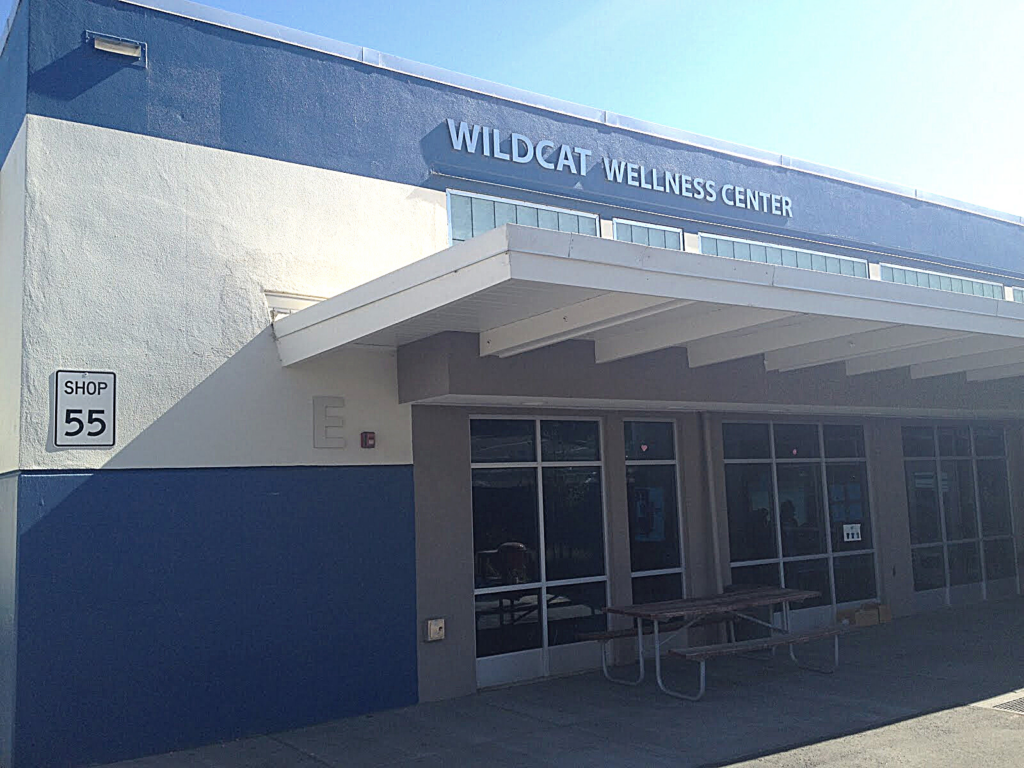
Black teachers: How to recruit them and make them stay

Lessons in higher education: What California can learn

Keeping California public university options open

Superintendents: Well-paid and walking away

The debt to degree connection

College in prison: How earning a degree can lead to a new life

School-based health centers are critical for supporting child and adolescent health and student success. But, unlike many other states, California has never provided state funding for this proven model, which could bring effective integrated physical and behavioral health care to many more students.
School-based health centers are health clinics located on or near school campuses where children can get immediate help for acute and chronic conditions as well as preventative care. They increase:
In California, school-based health centers are located in disproportionately lower-income schools and communities, where they help create a more equitable learning environment by improving attendance, school climate and academic achievement.
The L.A. Trust for Children’s Health conducted a 2015-2021 study of 16,462 students attending middle or high school in the Los Angeles Unified School District that showed that visiting a school-based health center was associated with an increase in school attendance for students.
The study found, on average, that the proportion of full days present in school was declining for students before their first visit to the school-based health center but began to improve after their visit. Students’ attendance increased by 5.4 school days per year following any type of visit to a school-based health center and increased even more — by seven school days per year — after a visit for mental health support.
The best school-based health centers are the ones like those offered for LAUSD’s students — comprehensive health homes for children and youth that include primary care, behavioral health and services that are needed by children locally, such as health education, oral health and vision care. They are open most days the school is open, often open during the summer, and staffed consistently by child and adolescent health providers. They are tightly integrated with the community and have ongoing opportunities to coordinate outreach, prevention and care. They can also serve as a hub for youth engagement, leadership and peer-to-peer models of support.
Unfortunately, because there is no source of ongoing funding for school-based health centers in California, many do not achieve this full vision.
But California is heavily investing in the community schools model and school-based health centers complement community schools by addressing whole child needs and bringing reliable, affordable, quality health care services to students and their families in an accessible and coordinated way.
In 2021 California passed a state budget with unprecedented investments in child and youth behavioral health, with a focus on school-based services and supports, and these investments are becoming available this year. All of these investments are one-time funding, so they must be leveraged to build new infrastructure and partnerships with a focus on sustaining investments after the funding ends.
Because school-based health centers often leverage health care reimbursement for services, we believe these funding resources are great ways to start new and expand existing programs.
These funds include billions of dollars in statewide grants for the following:
Many schools have embraced school wellness programs — including popular “calming rooms” that provide a safe space for students grappling with increased anxiety, stress and depression.
While a great start, programs that separate behavioral health from primary health run the risk of leaving many students with just some of the care they need. Many times there is a complex behavioral and primary health cause to student behavior that can be missed when services are not integrated. A student with diabetes may be having trouble focusing in class, for example. This student may also have depression and anxiety, but without investigating other underlying health conditions this student will never get the care needed to feel truly well.
These billions of dollars in new funding streams are a golden opportunity for California’s schools with behavioral health and wellness services to pivot toward a full-service school-based health center that brings integrated health services to the full student body — especially for those students who might otherwise not identify themselves as having a health need — behavioral or otherwise.
Let’s partner to bring the exceptional model of care that school-based health centers provide to all students in California!
•••
Sergio J. Morales, MPA, is the executive director of the California School-Based Health Alliance, the statewide nonprofit advancing school-based health centers and helping to put more health services in schools.
Maryjane Puffer, BSN, MPA, is the president of the board of the California School-Based Health Alliance and the executive director of The Los Angeles Trust for Children’s Health, which is bridging health and education to achieve student wellness for the children and youth of Los Angeles.
The opinions in this commentary are those of the authors. If you would like to submit a commentary, please review our guidelines and contact us.

Panelists discussed dual admission as a solution for easing the longstanding challenges in California’s transfer system.

A grassroots campaign recalled two members of the Orange Unified School District in an election that cost more than half a million dollars.

Legislation that would remove one of the last tests teachers are required to take to earn a credential in California passed the Senate Education Committee.

Part-time instructors, many who work for decades off the tenure track and at a lower pay rate, have been called “apprentices to nowhere.”
Comments
Comments Policy
We welcome your comments. All comments are moderated for civility, relevance and other considerations. Click here for EdSource's Comments Policy.